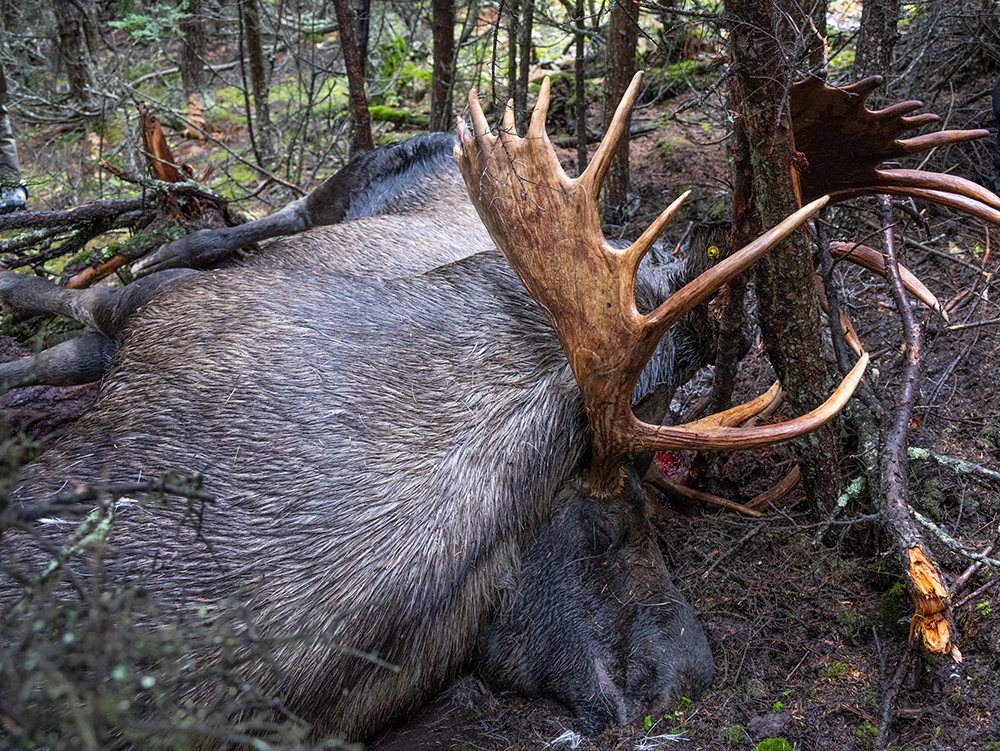The elk is a species of mammal in the subfamily Capreolinae of the deer family (Cervidae). This is the largest and heaviest living mammal in the deer family. Moose are distinguished from other deer relatives by their distinctive leaf-shaped antlers (“twig-like”) in males, which are distinguished by their massive appearance and majestic horns, stilt legs and long snout.

Elk commonly live in northern forests and mixed deciduous forests of the Northern Hemisphere in temperate to subarctic climates. Historically, the Eurasian elk was distributed over a large range, but hunting and other human activities have caused the elk population to decline and shrink greatly. Elk have been reintroduced into some of their former habitats.

Today, most moose live in Canada, Alaska, Scandinavia, Latvia, Estonia, New England and Russia. In which, the rights distributed in the Americas (Canada, Alaska…) belong to a separate genus in the genus Alces. The elk’s diet includes both terrestrial and aquatic plants (aquatic plants). The most common moose predators are gray wolves, bears and humans.

Unlike most other deer species, moose are solitary animals and do not live in groups. Although they are usually slow-moving and sedentary, elk can become aggressive and move quickly if they are startled or angry. Their mating season occurs in the fall, during which time can lead to spectacular matches between males competing for the affections of a female deer.
They rammed the horns together until tired, then one ran away… it seems this species is very benign. It does not chase to fight to the end but also gives in.